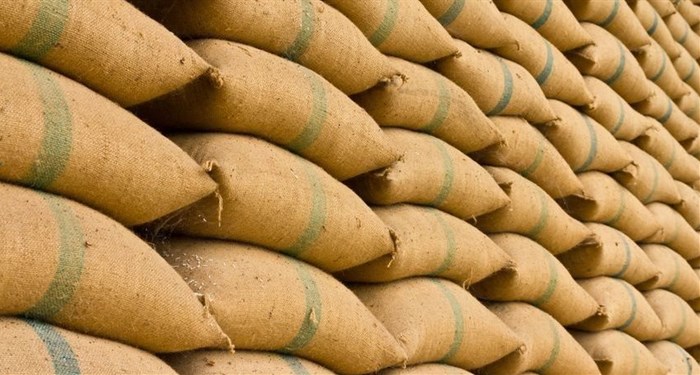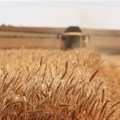Recent media reports have flagged disruptions in global meat markets, particularly the US beef market. Canada, Brazil, the US and Ireland continue to report closures of meat-processing plants because of Covid-19 infections. In the US, Ireland, and Canada, mainly beef and pork processing plants are affected, while in Brazil the closures are also impacting poultry-related processing plants.

©montian noowong via
123RFGiven the significant market share of these countries in the global meat trade (33%), if these processing plant closures spread and they remain closed for a prolonged period, there are fears of a global meat shortage and, potentially, an uptick in prices. The US, Canada and Ireland are among the top ten world beef exporters (as well as pork in the case of Canada and the US). In poultry, Brazil is the leading exporter, followed by the US, Poland, the Netherlands and Germany.
Since about 2014, South Africa has fortunately remained a net exporter of beef so, from a food security perspective, the closures of certain plants in key exporting countries presents minimal risk to us. From an export perspective, trade without our key partners remains on a solid footing. Major markets for fresh/chilled beef include regional markets (Mozambique and Eswatini/Swaziland), as well as Middle East markets (Jordan, Kuwait, and the UAE). Meanwhile, frozen beef markets include the Far East (notably China), regional markets (Mozambique, Egypt, Lesotho, and Ethiopia) and Middle East markets (Kuwait, Jordan and the UAE).
Effect of global meat trade disruption
In the other key meat categories, South Africa will feel a slight impact, but we do not see it as an immediate source of concern. In pork meat, SA remains a net importer of ribs (the most popular cut locally) from Europe. Imported pork accounted for about 6% of domestic consumption in 2019. Similarly, in poultry, about 20% of domestic consumption is imported, mainly from Brazil, the US and the EU, among others.
This essentially means that if the disruptions in various meat plants persist for some time and spill over into the global market, SA would not be spared from the price impact, particularly on poultry products. However, we do not see a need to panic at this point. Rather, it indicates the need to monitor and strengthen domestic production, where possible.
As far as grain production is concerned, the good news continues rolling in. Data released on 29 April 2020 by the national Crop Estimates Committee (CEC) forecasts that SA’s 2019/2020 summer grains and oilseeds production could increase by 32% year on year to 17.5 million tonnes.
While this is only the third estimate for the current season (with six more to follow), if it does materialise, this could be the second-largest harvest on record after the 2016/2017 crop. Specifically, the 2019/2020 maize, soybeans and sunflower seed harvest are forecast at 15.2 million tonnes, 1.3 million tonnes, and 731 210 tonnes – showing year on year production increases of 35%, 10% and 8%, respectively.
Solidifying net exporter position
The maize increase is largely due to an expansion in the area planted and expected improvements in yields on the back of favourable weather conditions during a greater part of the season (i.e. increased rainfall). This means that SA will remain a net exporter of at least 2.5 million tonnes of maize in the 2020/2021 marketing year (which starts in May 2020 and ends in 2021) – an 80% year on year increase.
These harvests occur at a crucial time, as Southern and East African maize import requirements look set to outpace those of the previous year. Zimbabwe’s 2019/2020 summer grains production season started on the back foot due to unfavourable weather conditions. The International Grains Council forecasts Zimbabwe’s 2019/2020 maize production at 800,000 tonnes – less than half of what that country needs (estimated at 2 million tonnes).
In East Africa, Kenya, Somalia, and Uganda could experience crop losses as the locust plague continues to spread. These countries will also require maize imports. With a bumper maize harvest of 15.2 million tonnes, SA could potentially export maize beyond the African continent to other high-growth potential markets such as Japan, Taiwan, Vietnam and South Korea, which were not prominent in the 2019/2020 marketing year ending May 2020.
Naturally, this is dependent on the level of global supply chain disruption amid the Covid-19 pandemic.
































